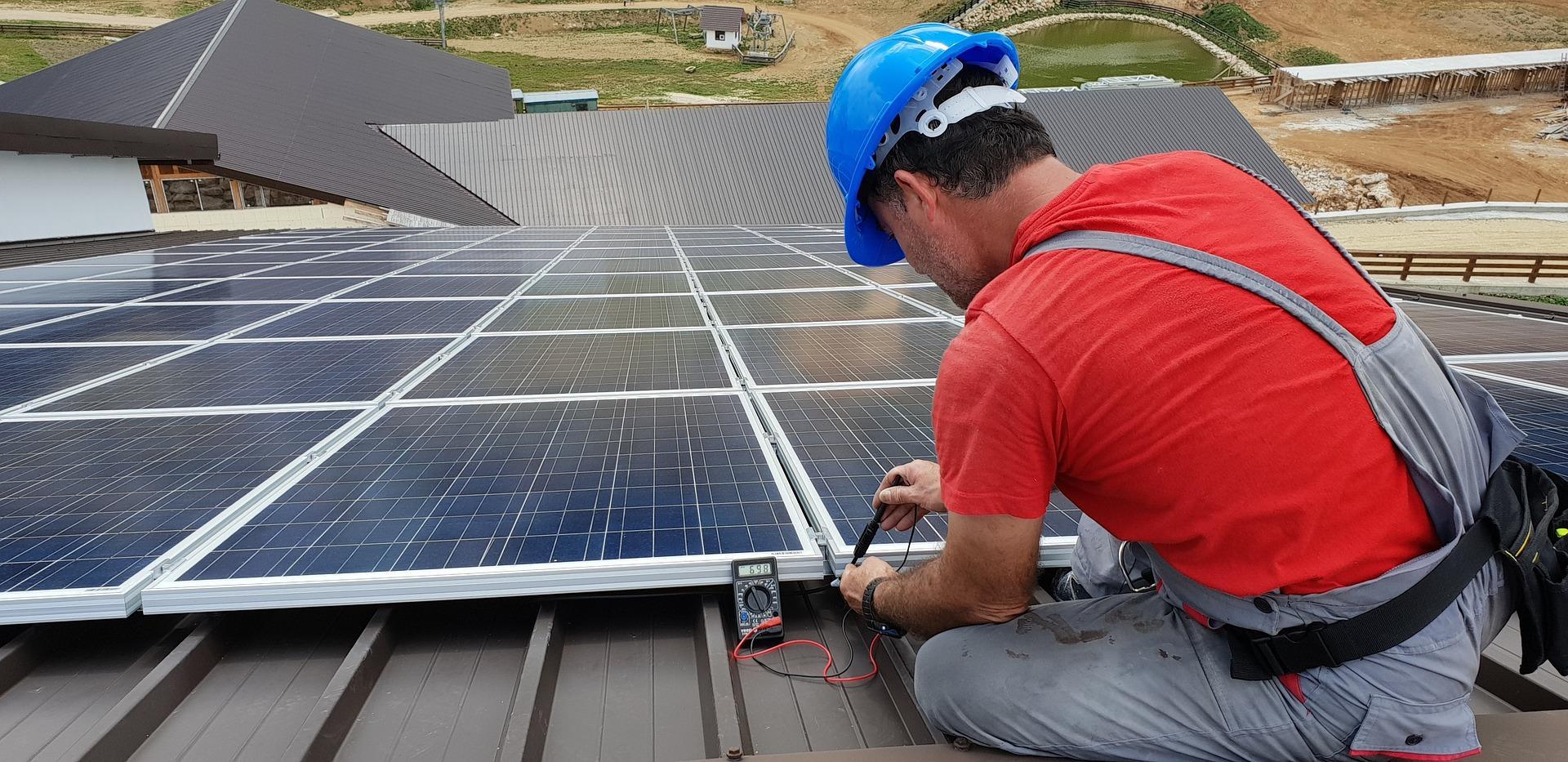To date, some 60,000 photovoltaic systems have been installed on the roofs of Cypriot homes.
This was announced recently by Yiorgos Papanastasiou, the island state's Minister of Energy, Commerce and Industry.
He noted that the production of energy from renewable sources in Cyprus has reached 950 MW, while peak consumption on the busiest days is around 400 MW. Papanastasiou stressed that the majority of the 950 MW comes from photovoltaic systems, specifying that more than 300-350 MW is generated by domestic photovoltaic systems installed in about 60,000 households. The minister also revealed that the main objective of his ministry is to introduce as many PV systems as possible, so that every household has a PV system to generate the energy needed to meet its needs. In addition to the installation of photovoltaic systems in Cypriot homes, the Ministry of Energy is now actively discussing the issue of storing the energy generated by such sources.

It should be remembered that the constant increase in electricity tariffs is forcing the island's inhabitants to adopt an austerity regime.
Some have reduced the use of heating, air conditioning and household appliances. Others have gone the other way and installed photovoltaic systems or, more simply, solar panels on their homes.
Cyprus, by the way, is an ideal place to use solar energy because of its geographical location. The government encourages families to participate in the production of solar energy through a number of initiatives. These include subsidies for the installation of photovoltaic systems and the opportunity to participate in net metering. Net metering allows families to share their unused energy - it is not lost, but sent to the Electricity Authority of Cyprus (EAC) grid, where it can be used by other consumers. As a result, solar panel owners are compensated for exporting electricity, which can be used to pay their own bills.
Put simply, if your solar panel produces more energy than your family needs in a given month, the EAC will buy the excess from you. An alternative way of using the excess energy produced is to store it in batteries, but these have their own limitations in terms of cost, longevity and capacity.
If you opt for a net metering scheme, the PV system will be connected to the EAC grid via a customer service panel and a dedicated meter. Solar panels generate electricity mainly during sunny daylight hours. During the day, when you are not at home and electricity consumption is minimal, most of the energy generated by the solar panels is exported to the EAC grid.
When you are at home during the day, the PV system will power your electrical appliances. If the energy produced by the new system is not enough to meet your needs, the rest will come from the grid. At night, when the sun is not shining, you only get electricity from the grid. If you use more than you produce, you only pay for the difference at the end of the two-month billing period. If you use less, the excess is carried over to the next billing period.
Note that Cyprus offers subsidies for the installation of photovoltaic systems. Depending on the category, applicants can expect to receive the following government subsidies:
- Category 1. Thermal insulation of ceilings in existing houses. A subsidy of 45% of the applicant's eligible costs is provided. At the same time, the maximum amount of state support cannot exceed €2,250.
- Category 2. Thermal insulation of ceilings in existing houses in combination with the installation of a photovoltaic system. Funding is provided for the insulation of the roof at a rate of 55% of the applicant's eligible costs. The maximum amount of public support cannot exceed € 2,750. For the installation of a photovoltaic system, the maximum amount of state support may not exceed €1,800. The maximum total amount of aid per application may not exceed €4,550.
- Category 3. Installation of a net metering photovoltaic system in existing houses. The amount of the subsidy is €375 per peak kW. At the same time, the maximum amount of public support cannot exceed €1,500. However, for vulnerable consumers, the amount is increased to €1,000 per kW. The maximum amount of state support cannot exceed €5,000.
For applicants whose homes are located in mountainous areas, the amount of state subsidies is doubled. Applicants for increased state subsidies are identified on the basis of the postcode provided by the Commissioner for the Development of Mountain Communities.
